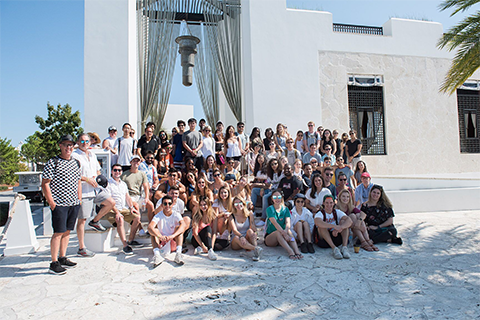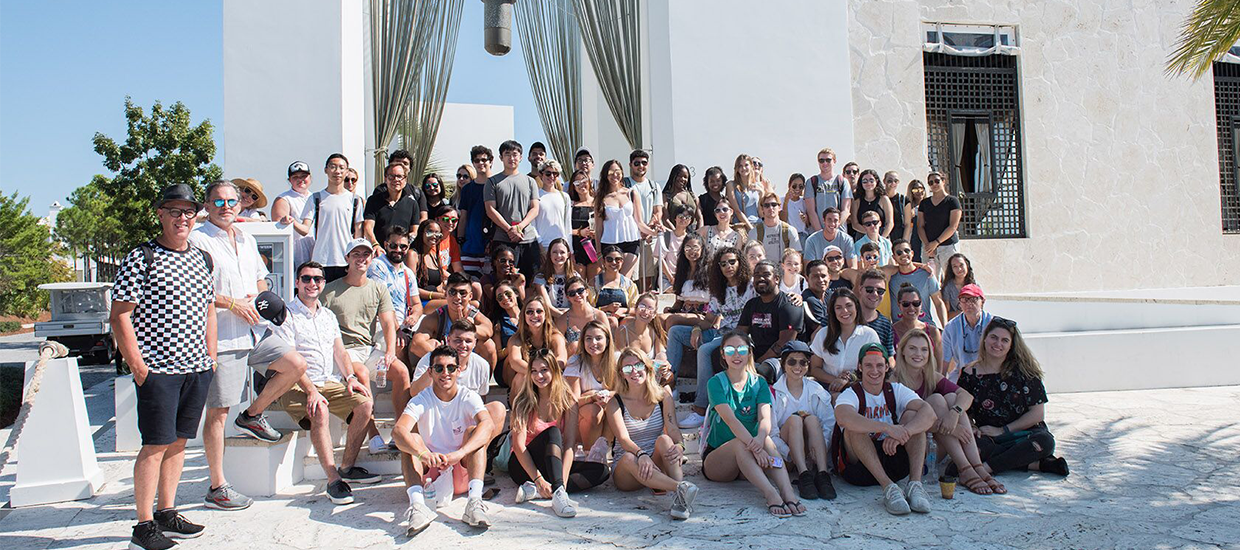Urban design offerings at the School of Architecture emerged in the 1980’s when a group of faculty members sought to have an impact on the urban growth of South Florida. The impetus was their study of Coral Gables, a Progressive Era new town, one of a series of Anglo-American Suburbs that can be found across the United States. George Merrick founded Coral Gables in 1923. He believed that for his city to be great it needed a university, and he set aside land for the University of Miami. The architects Merrick engaged in the building of Coral Gables founded the architecture program at the outset. Today, building on this legacy, the School of Architecture is renowned for its dedication to preparing future professionals with an understanding of the larger context for their work in the environment and society.
In 1988, mentored by their city and their studies of its design, and by leading thinkers of the time such as Leon and Rob Krier, the faculty established a post-professional degree in urban design. The young faculty’s design of Seaside, now an icon of new community design, challenged the planning and development conventions of its day. The new masters program established the precepts of Traditional Neighborhood Development (TND) and of the Charter for the New Urbanism. The School’s faculty and alumni are among the founders of the Congress for the New Urbanism, and have been prominent contributors to the evolution of the movement, now a globally renowned approach to sustainable urban growth and revitalization





